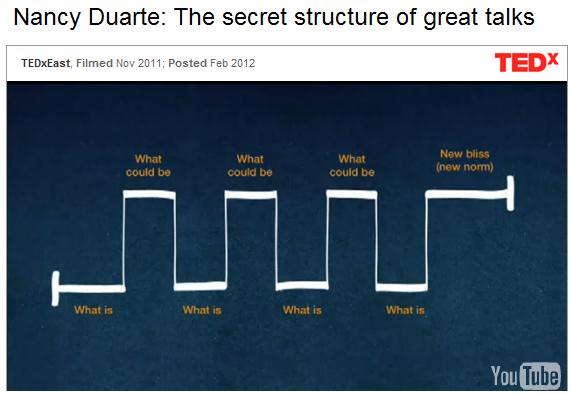Storytelling is fundamental to human communication. Consider how much of your conversation with others consists of swapping stories about personal experience. People have been learning from each other’s experiences for as long as we have been people. Anthropological and linguistic research suggests that storytelling has been the primary means of learning in hunter/gatherer societies for over 100,000 years at least. With this in mind, it seems important to include narrative when designing effective learning environments. While facts might capture curiosity about the unknown, narrative is what hooks emotive interest.
In transitioning from hunter/gatherer society to more complex civilizations, when does formal education become important? History indicates that until only recently, few people underwent any type of formal education. These few included specialists like priests and scribes, living in societies where most people were field laborers or craftsmen. These laborers learned through apprenticeship, probably more similar to learning in a hunter/gatherer society than learning in a classroom. In short, education for the masses has only come about in the last couple hundred years. From my perspective, the idea that we are still working out the kinks in education is the understatement of the year; I would guess that the worst kink is that classrooms can be really boring. Do you remember how much better sitting through lecture was when the teacher or professor told great stories? Or how you remember a great novel or film because the story kept you rapt for the next chapter or scene?
I have come across the idea teaching through storytelling several times over the years. While working as a science writer, one of my editors stressed the importance of adding narrative to our dry, fact-saturated science content. As an anthropology major, one of my professors lectured on the power stories (read myth, cosmology, origin stories, etc) have over our understanding of ourselves and our place in the world. As much as I believe in the effectiveness of stories on learning, it is not always easy to do. Combining content with a good story is twice the work of just delivering content. In short, experts (the teacher) deliver what they learned (the content) without the interesting bits about what they went through to learn it. Efficient, in its own way, but not effective for holding the attention of most learners. I came across one interesting method of telling the story over the weekend while watching TED.
I am a big fan of TED, founded to be “a nonprofit devoted to Ideas Worth Spreading”. Every idea is presented on stage, by one person, sometimes with a multimedia slide show in the background. The presenter tells a story of how their idea came about and why it is important for other people to know about this idea. Already, you see why I like TED. The talk by Nancy Duarte is doubly interesting because she is talking about effective delivery of ideas. She provides a template for storytelling to effectively convey the impact of a new idea. It’s worth watching, but the sum of her talk can be seen in this screen capture. Don’t look at the screen cap below if you want to learn through her story!

3/19 update: TedTalks available for streaming on Netflix. Still available free on YouTube.
